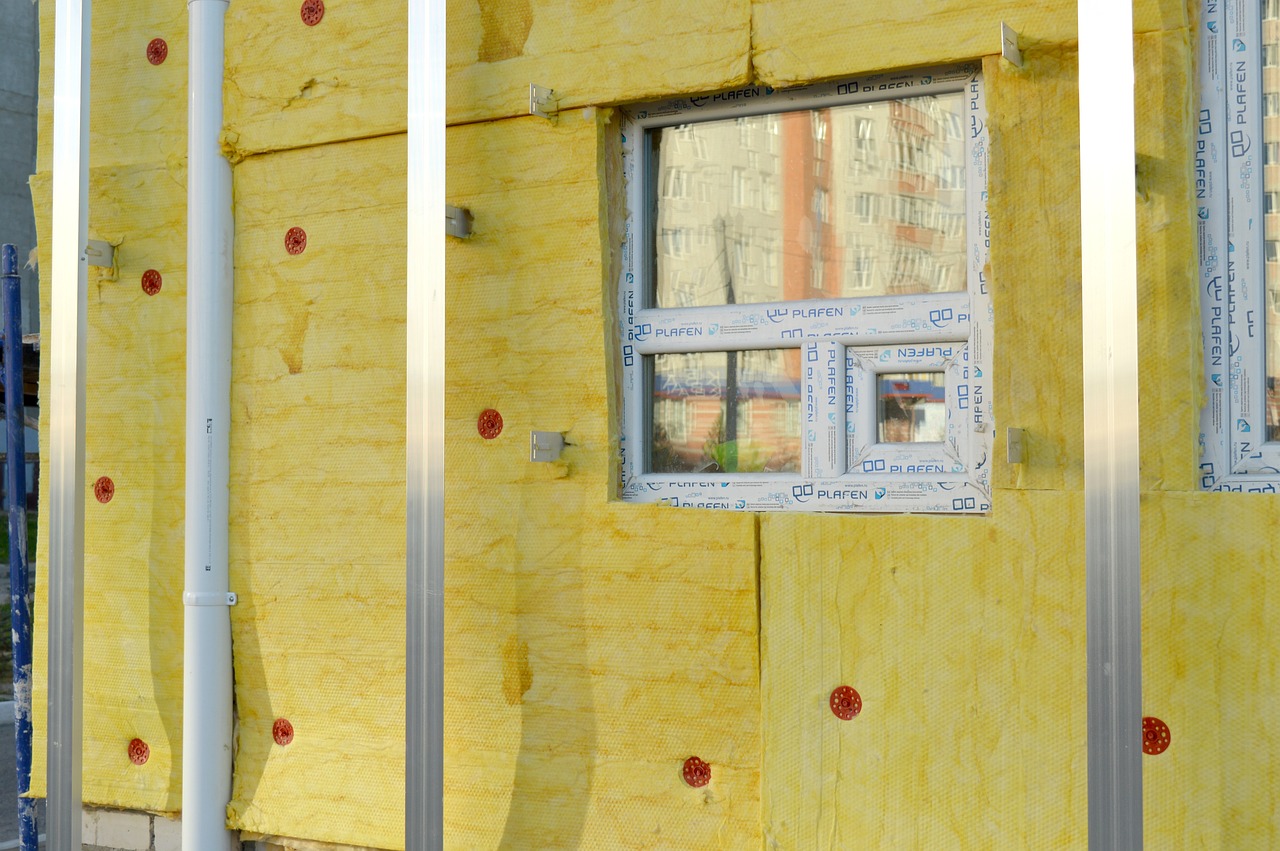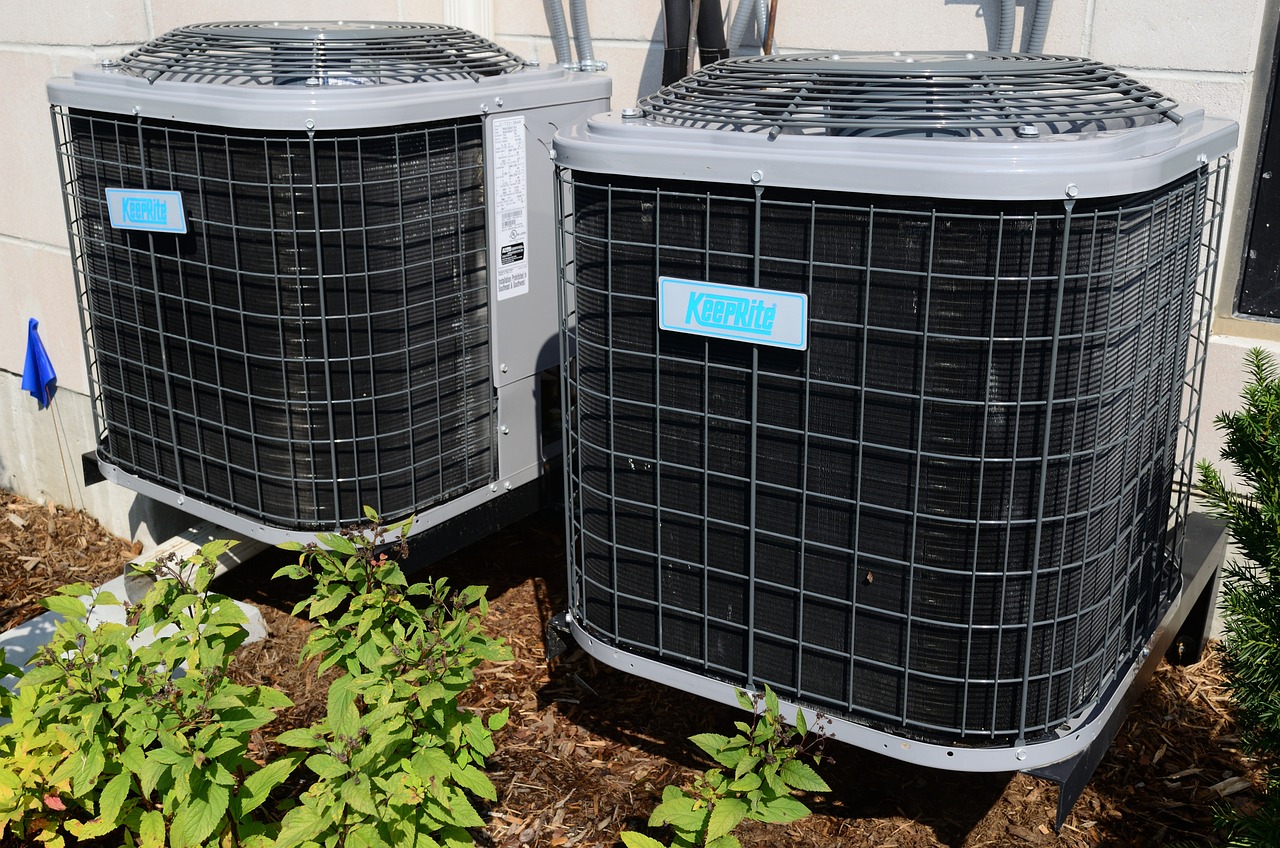
How to Effectively Seal and Insulate Your Home: Enhancing Energy Efficiency and Comfort
Introduction: Proper sealing and insulation are crucial for maintaining energy efficiency and comfort in your home. By preventing drafts and heat loss, you can reduce your energy bills and create a more comfortable living environment. This guide provides practical steps for sealing and insulating your home to improve its energy performance.
1. Sealing Air Leaks:
a. Identifying Common Leak Areas: Common sources of air leaks include windows, doors, electrical outlets, and plumbing penetrations. Check for gaps and cracks around these areas where air may be escaping or entering.
b. Using Caulk and Weatherstripping: Apply caulk to seal gaps around windows, doors, and other stationary components. Use weatherstripping on movable parts like door frames and window sashes to create a tighter seal and reduce drafts.
2. Insulating Your Home:
a. Attic Insulation: Proper insulation in the attic helps prevent heat loss in winter and keeps your home cooler in summer. Add or upgrade insulation to achieve recommended R-values for your climate zone. Options include fiberglass batts, spray foam, or cellulose.
b. Wall Insulation: Insulating walls can enhance your home's comfort and reduce energy costs. For existing walls, consider adding insulation through injection foam or blown-in cellulose. For new construction, use fiberglass batts or foam board insulation.
c. Floor Insulation: Insulate floors above unconditioned spaces like basements or crawl spaces. Use fiberglass batts or foam board insulation to prevent heat loss and maintain comfortable indoor temperatures.
3. Insulating Doors and Windows:
a. Window Insulation: Improve window insulation by applying window film or using thermal curtains. For older windows, consider adding storm windows or replacing them with energy-efficient models to reduce heat transfer.
b. Door Insulation: Insulate doors by adding weatherstripping and door sweeps. Consider using insulated door panels or replacing exterior doors with energy-efficient models to enhance thermal performance.
4. Addressing Basement and Crawl Space Insulation:
a. Basement Insulation: Insulate basement walls to reduce heat loss and prevent moisture issues. Use rigid foam board or spray foam insulation on basement walls to improve energy efficiency and create a more comfortable living space.
b. Crawl Space Insulation: Insulate crawl spaces with fiberglass batts or foam board to prevent heat loss and moisture infiltration. Ensure proper ventilation and vapor barriers to manage humidity and protect insulation.
5. Improving Home Ventilation:
a. Installing Ventilation Systems: Consider installing a mechanical ventilation system, such as an HRV (Heat Recovery Ventilator) or ERV (Energy Recovery Ventilator), to provide fresh air while minimizing heat loss.
b. Attic Ventilation: Proper attic ventilation helps regulate temperature and moisture levels. Use ridge vents, soffit vents, or gable vents to ensure adequate airflow and prevent heat buildup.
6. Conducting a Home Energy Audit:
a. Professional Energy Audits: Hire a professional to conduct a comprehensive energy audit of your home. They can identify areas of energy loss, recommend improvements, and provide a detailed plan for enhancing your home's efficiency.
b. DIY Energy Audits: Perform a DIY energy audit by checking for drafts, inspecting insulation levels, and evaluating your home's overall energy performance. Use this information to prioritize sealing and insulation projects.
7. Monitoring and Maintenance:
a. Regular Inspections: Regularly inspect sealed and insulated areas to ensure they remain effective. Check for signs of wear, damage, or deterioration and address issues promptly.
b. Seasonal Adjustments: Make seasonal adjustments to your home's insulation and sealing based on changes in weather and energy usage patterns. Ensure that your home remains comfortable and energy-efficient throughout the year.
Conclusion: Effective sealing and insulation are key to enhancing your home's energy efficiency and comfort. By addressing air leaks, insulating various components, improving ventilation, and conducting energy audits, you can create a more efficient and enjoyable living environment. Implementing these strategies will help you reduce energy costs, improve indoor comfort, and contribute to a more sustainable home.
Recent articles from Home Maintenance

How to Choose and Hang String Lights on Your Balcony
One of the simplest ways to create a cozy, festive atmosphere at home is by hanging string lights. Once reserved for Christmas trees, twinkling lights are now used year-round, adding charm to sh...

Essential Tips for Maintaining Your Home’s HVAC System: Ensuring Efficiency and Longevity
Introduction: Your HVAC (Heating, Ventilation, and Air Conditioning) system is crucial for maintaining comfort and air quality in your home. Regular maintenance is key to ensuri...

How to Decorate Your Home for New Year 2025: Stylish Ideas from an Interior Designer
It's time to prepare for the most magical holiday. During this period, many are concerned about how to decorate their homes for the celebration: what style and color to choose, what to decorate,...